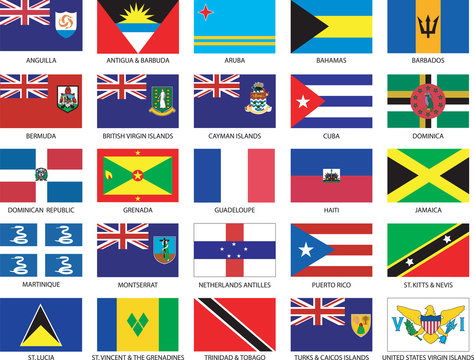There's a common misconception that translation and interpretation are the same. That is not the case. The former relates to printed text while the other deals with the spoken word.
The greatest difference is that a translator has the opportunity to revise and edit his translated work, whereas the interpreter does not, especially during simultaneous interpretation.
This brings up the two (or three) types of interpretation: consecutive, where the speaker puts out several statements and makes a pause to allow the interpreter to convey the message to the other party in the other language; simultaneous interpreting, where the interpreter is conveying the message as it's being spoken, keeping pace with the speaker and ensuring no term or idea is missed; and a dubious one because it's similar to simultaneous but it's whispered in the ear of the recipient of the message. All take great effort and talent.
Translation and interpretation are a combination of an innate as well as an acquired skill. It is something one does not learn at a university, though having a degree in such a profession greatly helps one land a job.
However, the reality is that, generally speaking, work done by someone who has simply attended university does not match in quality work done by someone who has been exposed to the language(s) from birth or infancy, ie: it's their mother tongue.
As a native of a certain country, or culture, one grows learning not only the words but the nuances of the same words in different contexts. It's much easier for an European national than for a North American one to learn and master any combination of languages. This is because of the vecinity of countries in the European continent which allows one to - say - cross the border of one or more other countries to work on the other side, where a different language is spoken.
It's not unusual for people in Europe who live along the borders of neighbouring countries to speak at least the two languages. This is because of the almost daily exposure to them. That is how one becomes bilingual, but even this does not guarantee that the individual can become a translator or interpreter.
It takes the command of an extense vocabulary in the two - or more - languages to at least have a strong foundation to become a good translator or interpreter, aided by the skill acquired during the individual's lifetime of exposure to the nuances of the languages and the intended meaning of the words.
Our director has travelled extensively in Latin America and has acquired an extense vocabulary from the colloquial terms used to name certain objects, animals, vegetables and other items, which greatly helps when translating or interpreting for a certain target audience.
It's not uncommon for a traveller who has learned Spanish well - from only one source - to go through embarrassing moments because of his/her use of a certain term, intending to say one thing, when the term used actually means something entirely different from one Latin country to the next. Even worse, sometimes these terms or words allude to certain body parts that simply are seldom mentioned, except in a medical setting.
That being said, we'd like to inform you that we translate all types of printed material:
• Personal text/letters
• Legal documents: birth certificates, Driver's Licenses, Marriage and Divorce certificates, school transcripts, diplomas, and all types of credentials and certificates
• Technical manuals
• Medical reports
• Web content. We do what is called 'localization'
• Transcribe dictated text from recordings
• Books, catalogs, and any printed material, except for poetry
(416) 880-9041
When accuracy and clarity are of the utmost importance ©





